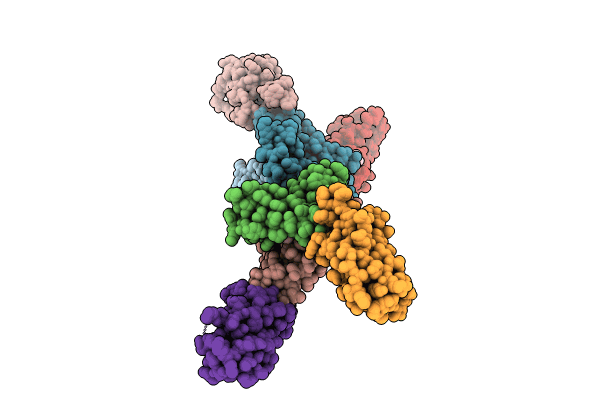
Deposition Date
2024-02-06
Release Date
2024-05-08
Last Version Date
2024-06-26
Entry Detail
PDB ID:
8VXU
Keywords:
Title:
Crystal structure of Gdx-Clo A60T from Small Multidrug Resistance family of transporters in complex with cetyltrimetylammonium
Biological Source:
Source Organism:
Clostridia bacterium (Taxon ID: 2044939)
Homo sapiens (Taxon ID: 9606)
Homo sapiens (Taxon ID: 9606)
Host Organism:
Method Details:
Experimental Method:
Resolution:
2.29 Å
R-Value Free:
0.28
R-Value Work:
0.27
R-Value Observed:
0.27
Space Group:
P 1


